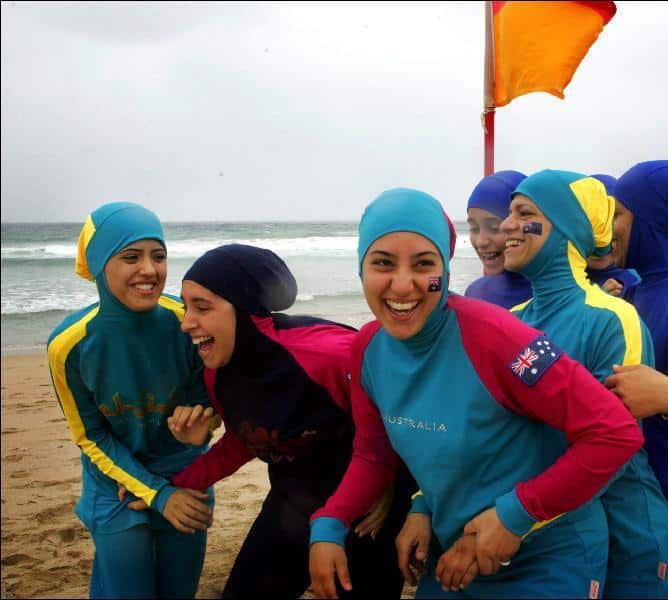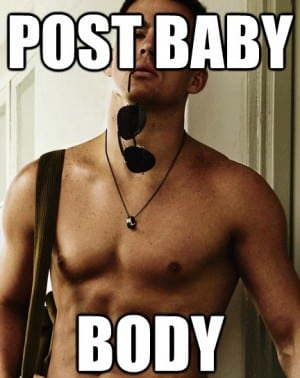Even Candy Land Isn’t Safe From Cinched Waists And Toned Arms


I know how the emphasis on beauty and being thin affected me as a pre-teen and teenager. I ended up with an eating disorder that I battled for over a decade. I just can’t imagine having thought about any of this when I was in elementary school. Looking back, that seems like the only time in my life when I was free from the anguish and self-loathing that aspiring for an unattainable body type brought into my life.
An article in the Atlantic presents the different stages of artwork on the board game, from 1949 to the present day. In the early images – there are children that look like children and characters that look like short, fun, cartoon-ish beings. When you get to today’s board, there are Bratz-like princesses and made-up fairies. You don’t even have to look at the images to know what I am describing. Pretty much every doll in existence today has the same characteristics; lean legs, huge faces, and big blue eyes.
Studies are proving that this permeation of thin, sexy characters is really doing something to the psyches of our children:
Psychologists at Knox College in Galesburg, Illinois used paper dolls to assess self-sexualization in 60 girls ages six to nine recruited largely from public schools. The girls were shown two dolls: One was dressed in tight, revealing “sexy” clothes and the other in a trendy but covered-up loose outfit. Both dolls, as you can see, were skinny and would be considered “pretty” by little girls.
Using a different set of dolls for each question, the researchers then asked each girl to choose the doll that: looked like herself, looked how she wanted to look, was the popular girl in school, was the girl she wanted to play with. In every category, the girls most often chose the “sexy” doll.
More disturbing than their attraction to the “sexy” dolls, was their reactions to the “chubby” ones. In another study, three to five year-old girls were asked to choose game pieces with which to play Chutes and Ladders and Candy Land. One was thin, one was average-sized and one was fat:
While in the past children that age showed little ability to distinguish between average and thin weights, today’s wee ones grabbed thin pieces at higher rates not only than fat ones but than those of “normal” weight. When asked by researchers to swap a thin figure for a fat one, the girls not only recoiled but some refused to even touch the chubbier game piece making comments such as, “I hate her, she has a fat stomach,” or “She is fat. I don’t want to be that one.”
I know many people think, So what. We have a real problem with childhood obesity in this country. Maybe kids should have thin role models. Yes, we have a real problem with childhood obesity in this country. At the same time, we have a real problem with pushing images of unattainable beauty on children. I don’t want my child thinking about the size of her waist when she is five years old. As parents and consumers, we have to demand that these ridiculously narrow images of beauty are broadened.
We can push for more healthy habits for our children while at the same time pushing for a wider representation of what is “beautiful.” These ideas should not be mutually exclusive. We should not be urging our children to be healthy so they can look like their favorite Bratz doll. We should be encouraging them with healthy habits so they have more energy to be kids.
(photo: Amazon.com)






